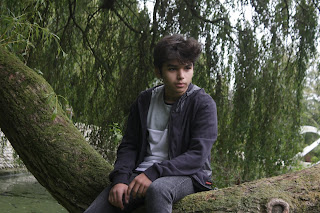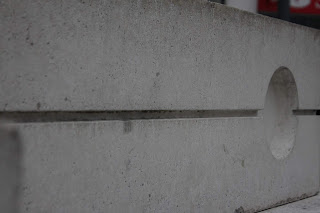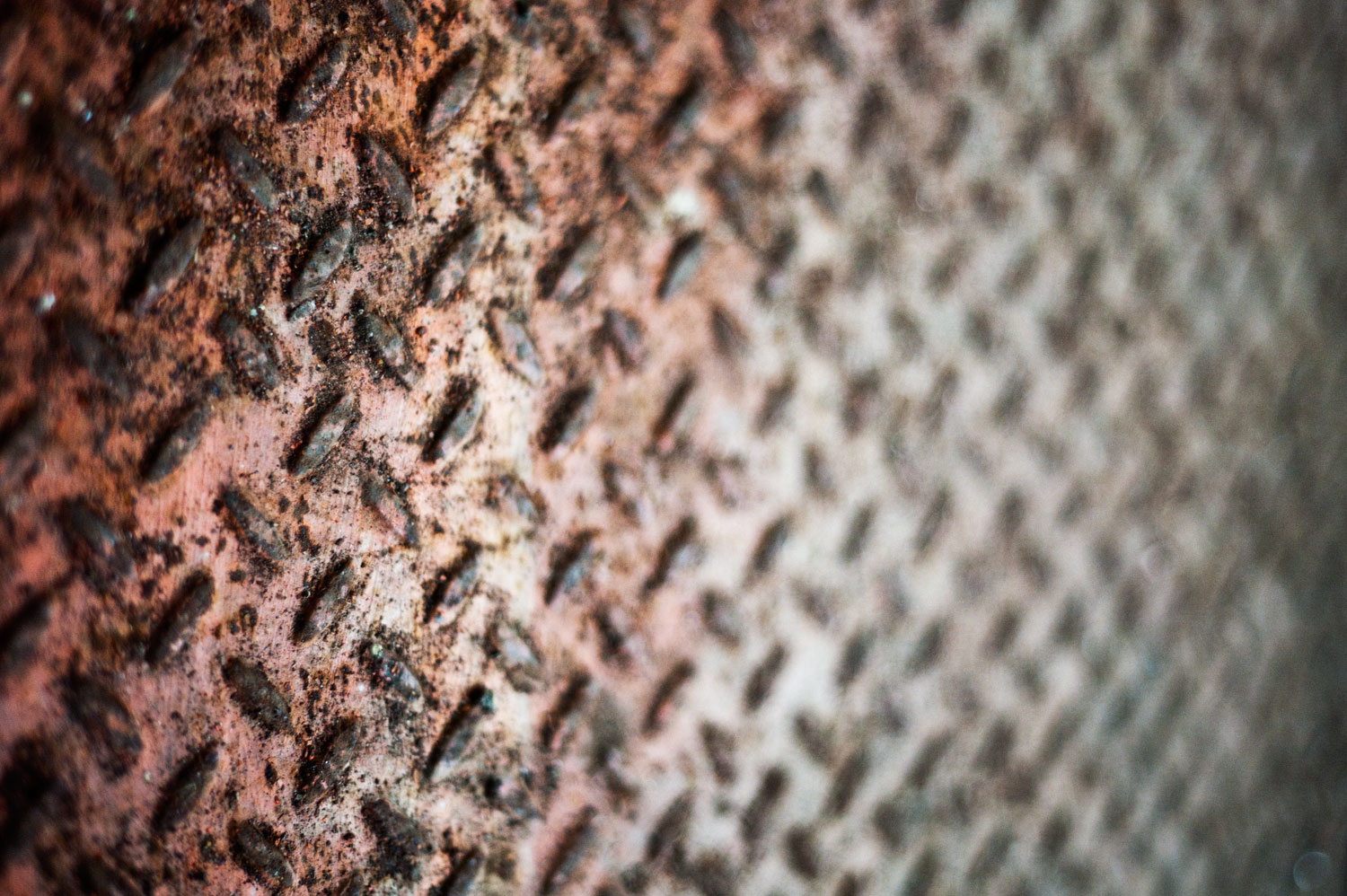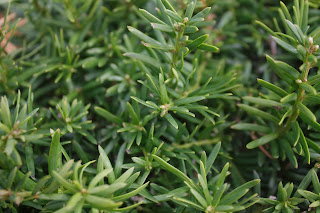Shape
Definition & Theory
A shape is an area enclosed by a line. It could be just an outline or it could be shaded in.
They can be geometric, or irregular. When drawing them you must consider the size and position as well as the shape of the area around it. The shapes created in the spaces between shapes are referred to being negated, or negative space.
In photography, shapes play a significant role of focusing the eye on specific elements of the pictures. For example, for the second photo below, the eye directly shoots to the white shape in the middle, due to its central place in the photo, and bright characteristics. Another example could be how the first photo does similar to what the second had done. It also uses negative space to make said shape, which is an integral part of shape in photography.
In photography, shapes play a significant role of focusing the eye on specific elements of the pictures. For example, for the second photo below, the eye directly shoots to the white shape in the middle, due to its central place in the photo, and bright characteristics. Another example could be how the first photo does similar to what the second had done. It also uses negative space to make said shape, which is an integral part of shape in photography.
Bill Brandt - Female Form
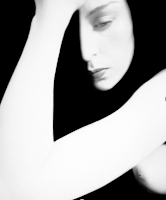 This is a photograph taken by Bill Brandt on female form, part of a series on the genre. He's used negative space to create an interesting composition which highlights only specific parts of the subject. Furthermore, the negative space is used to imply meaning by still leaving her chest in the shot. This could be considered an implied meaning which represents how women are objectified in society as sexual objects, while the arm raised and face shows they are frustrated with the issue. I believe this is not sexual objectification, but instead a representation of it. Regarding his methods, it's clear this has been edited to make the arm a completely white-washed shape, while having three different parts which have been negated.
This is a photograph taken by Bill Brandt on female form, part of a series on the genre. He's used negative space to create an interesting composition which highlights only specific parts of the subject. Furthermore, the negative space is used to imply meaning by still leaving her chest in the shot. This could be considered an implied meaning which represents how women are objectified in society as sexual objects, while the arm raised and face shows they are frustrated with the issue. I believe this is not sexual objectification, but instead a representation of it. Regarding his methods, it's clear this has been edited to make the arm a completely white-washed shape, while having three different parts which have been negated.Image Bank
Contact Sheet
The images shown for improving aren't exactly up to scratch. For the first one, it's very clear that it has a lack of a specific focus to put your eyes on, other than the slight lines going down the picture. There is an extreme lack of depth, and it's not got much colour variance. For the second photo, while it has a very specific leading line going directly through the photo, it doesn't have a good angle. Furthermore, the right side of the photo is very rigid and it doesn't really make sense with a shape shoot.
AO3
Record ideas, observations and insights relevant to intentions, reflecting critically on work and progress.
To get shapes similar to my artist research, I decided to go to a variety of places around town to get darker areas which can truly get negative space, like in the few photos I managed which were of a friend of mine under a big tree. In black and white and with some burning & dodging, I could make them into the photos I need. The photos were all taken in Harlow, mostly in and around the town centre. The images worked quite well, actually. Other than the few "bad apples", I managed to get some successful shots which linked back well. I used a few different days to get good shots with the right weather, for example the building shown in the five best images had great lighting, with a straight-edged shadow.
The other images all were to be edited with higher contrast and b/w, to try and get the negative space effect without actually having the option to go into a studio (as of then). Linking to Bill Brandt, while it's not female form it definitely does get the human form into the picture, even if it's outside. That actually could give more character, because of the extra detail and stuff to focus on in the background.
Obviously it's not all perfect; a few of the photos didn't come out as they might've been able to. For example, the image of behind the person has very bad colours which come out grimey and a bit disgusting. The light-ish blue mixed with the dank green from the pond didn't exactly add up to a masterpiece.
AO2
Explore and select appropriate resources, media, materials, techniques and processes, reviewing and refining ideas as work develops.
In my later shoots I will use a tripod and the in-built flash to make sure the focus on the image is accurate and centred where I would like it to be.
In the two images with models, I decided to add saturation around the person only as well as putting in a multitude of light rays to emphasise the foreground and give more depth. For saturating him only, follow what I say in the final image, as it's a similar thing except for using the black/white adjustment. When it comes to the light rays however; I made a new layer and made the opacity of the brush around 35% to 60%. Then, I selected the right brush and pasted around 2 or 3 rays coming from the right of the image. This obviously would've interacted with the foreground negatively, so I rubbed out everything that touched the model to make realistic light which goes behind the individual. I left the rays to touch the tree however, as it is a cylindrical object which has more area to bounce light rather than the darker clothes which absorb more.
This one, as all of the rest did in some way, used burning and dodging to create a more intricate photo. I had first turned it black and white, and added a high contrast with exposure and gamma correction. Then, I noticed the diagonal shadow on the building was much lighter than the shadow on the left. To improve the picture, I decided to add another layer much darker than the first, inverted it (CMD+I Mac, CTRL+I Windows) and then took the white brush tool and painted over the shadow I wanted to darken. I also done this on the bottom of the roof, and the corner to give the extra depth and composition to the photo. If I were to further improve it, I would remove the tree in the corner as well as the cloud behind it, as it comes off as if it's a rogue paint behind said tree.
For the final image, I used burning and dodging once again, but at the most "severity" compared to the others. As visibly shown, I darkened the top of the bench as well as the front side of the support, and the edge of the bottom wooden bar. This gave a great perspective of the photo as it shows the light coming from the top right of the picture, which is proven even more by the shadows created from burning and dodging the picture using the exposure tool and brightness tool. To show how to do this, I explained in the previous picture.
AO1
Develop ideas through sustained and focused investigations informed by contextual and other sources, demonstrating analytical and critical understanding.
I developed my work for shape from Bill Brandt, and how he uses negative space to really show how the image is presented. It assisted in finding geometry in shapes, like for the building, bench and tree. However, I wasn't able to truly capture the lack of space in the picture except for the bench, as all of it was pictured outside and in the day time, so to edit it exactly as intended would be a truly difficult task. Other than that, I managed to get interesting shapes, like the pictures of the subject sitting down below the canopy of a tree. Researching such things really helped me find what my intentions were to be for this shoot.
In my opinion, I believe this element should be amended in the future to make sure that the real intention of the artist is represented through my work, rather than taking images that might link to the image bank.
AO4
Present a personal and meaningful response that realises intentions and, where appropriate, makes connections between visual and other elements.
The images shown could vaguely link to the artist, however they clearly fit in the realm of shape photography, as they capture the different curves and sharp corners which can be found in real life.









